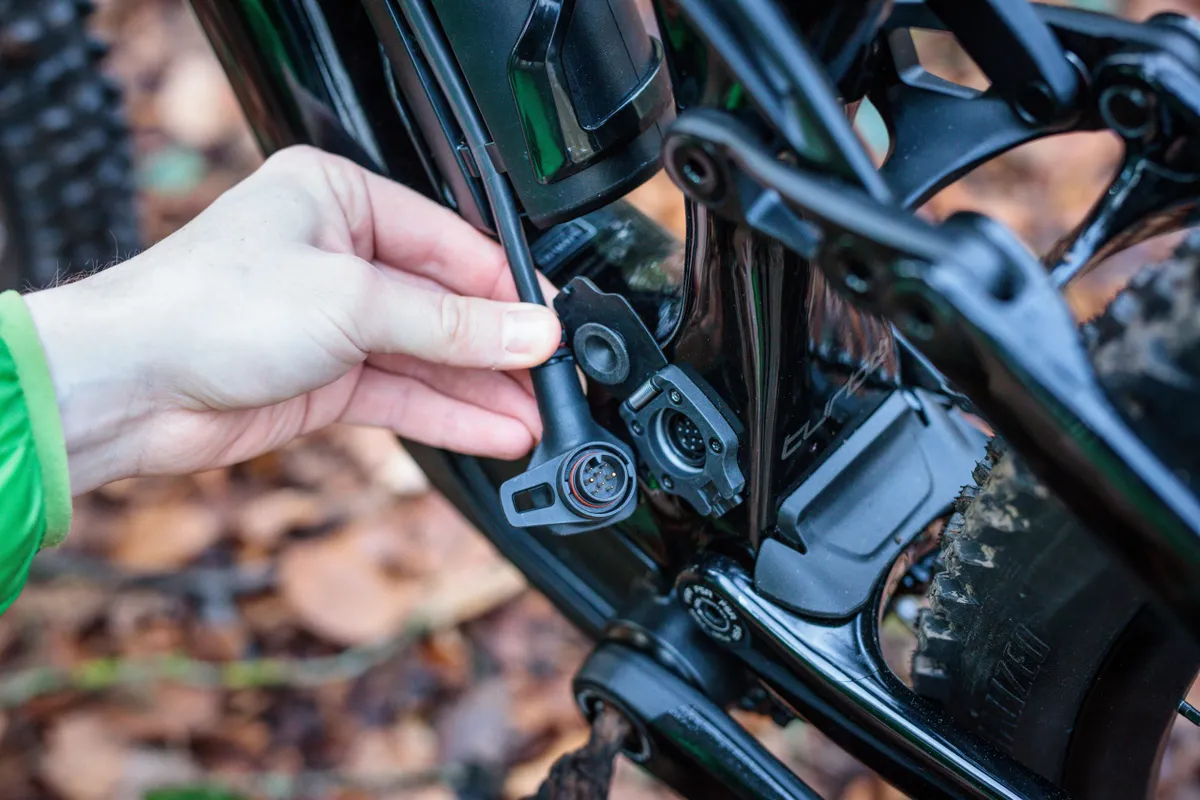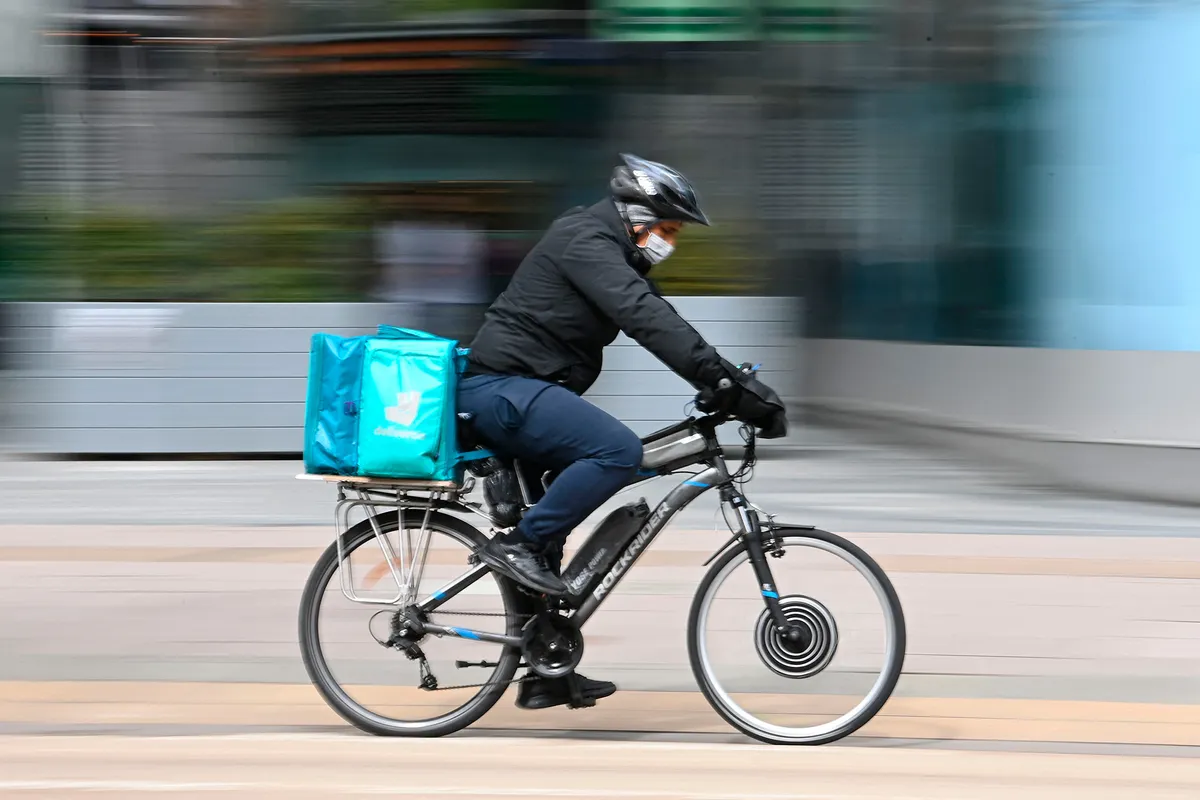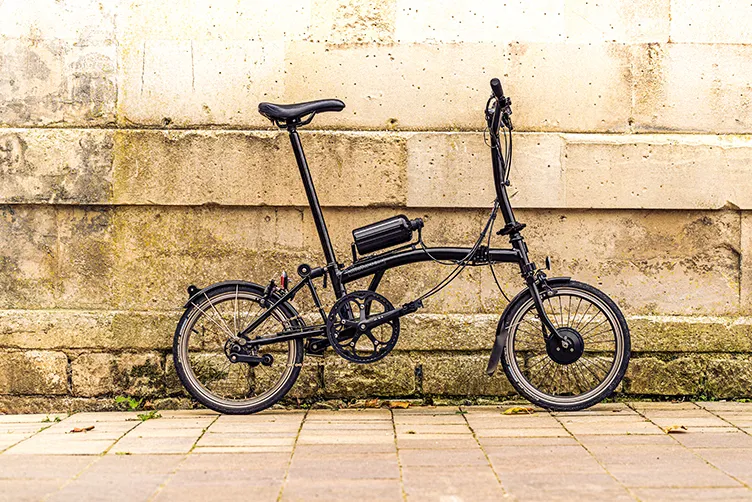Electric bike battery fires have been in the news a lot in recent months, with a surge in incidents.
In the first half of 2023, on average, the London Fire Brigade (LFB) had been called to an ebike or escooter fire once every two days – a 60 per cent increase compared to the same period last year.
When reporting that the first three months of 2023 saw four UK deaths due to exploding lithium-ion batteries in ebikes and escooters, the MailOnline described battery-powered bikes and scooters as the “deadly e-bombs in Britain’s homes”.
So what causes ebike fires, should we be worried and how can you stay safe?
The causes of electric bike battery failure

Electrical Safety First is the UK’s leading charity on electrical safety.
The charity’s 57-page Battery Breakdown report on escooter and ebike fires listed three main external conditions that contribute to ebike and escooter battery failure.
- Electrical: typically due to overcharge or over-discharge. It can be due to incompatibility between the battery and charger, a sub-standard battery management system or an external short circuit.
- Mechanical: triggered by crushing or penetration of a battery with an external object, or an extreme or repeated impact.
- Thermal: Extreme high- and low-temperature environments.
There are strict safety laws for EPACs (electrically power-assisted cycles).
“Selling dangerous goods is an offence (under the General Product Safety Regulations),” says Peter Eland, technical and policy director at the Bicycle Association, the national trade association for the UK cycle industry.
“But, of course, that can be impossible for the UK authorities to enforce if the seller is overseas or is using a disposable seller account on an online marketplace platform.
“We see a particular risk of substandard goods (ebikes and also third-party batteries, chargers and ebike conversion kits) coming from overseas sellers via online marketplaces, direct to end users,” Eland continues.
“There’s no easy way for the customer to be sure such goods are safe, whether they meet UK or EU standards or, if claiming to be branded, whether they are genuine or counterfeit.
“The UK cycle industry would strongly support measures to ensure that these sellers face the same regulatory oversight as reputable UK retailers,” he says.

Electrical Safety First agrees. In 2022, the charity identified nearly 60 listings by third-party sellers across four of the biggest online marketplaces that failed to meet the UK plug standard, with many even lacking a fuse.
This is one of the causes of a phenomenon in lithium-ion batteries known as ‘thermal runway’.
This is when a battery cell overheats, due to an internal fault, physical or electrical abuse, or extreme temperatures. This causes exothermic reactions and more heat spreads.
Eventually, the cell becomes unstable inside and collapses. Cue flammable and toxic gases, fire and explosion. Heat then spreads to nearby cells, and they do the same.
Conversion kits

The greatest scrutiny is on electric bike conversion kits because they’re unregulated. This lack of regulation, says Electrical Safety First, leads to many kits available online not including the battery.
“The selection of a suitable battery and charger is left to the consumer to source and ensure compatibility. There are many examples of conversion kits supplied with motors rated at four times the acceptable power limit for EAPCs... The rider is therefore also left at risk of prosecution for offences under the Road Traffic Act 1988,” says Electrical Safety First.
There are, of course, reputable conversion-kit brands, such as Cytronex.
“We refused to adopt the lithium-ion battery technology until it could be proven safe,” says Mark Searles of Cytronex. “We then worked with UK battery experts to develop our own packs, including a safety protection module.
“We also put our battery packs through UN38.3 for safe transport, with testing in the UK. We only use the highest-quality branded lithium-ion cells and buy these directly from the manufacturer.”

Cytronex also sells its kits as a complete product when the individual parts are incompatible with other manufacturers’ parts.
“Many vendors are offering standard batteries with standard connectors to allow different chargers to be used. Using an incompatible charger could have catastrophic results,” says Searles.
He’d recommend an industry standard for conversion kits, as would Electrical Safety First, and the Bicycle Association supports this. The UK Government is running a campaign to raise awareness of the legal implications of converting or buying an ebike beyond EPAC rules, so it’s a start.
To ensure you buy a safe ebike conversion kit, the Bicycle Association errs on the side of caution.
“Buy a complete road-legal ebike from a reputable UK retailer, follow the charging and storage instructions, and do not modify or tamper with the electronics or battery,” says Eland of the Bicycle Association. “Then ebikes are very safe.”
If you do decide to buy an ebike conversion kit, the Bicycle Association urges consumers to be “especially wary” of buying kits or battery packs “from overseas sellers via online marketplaces”.
